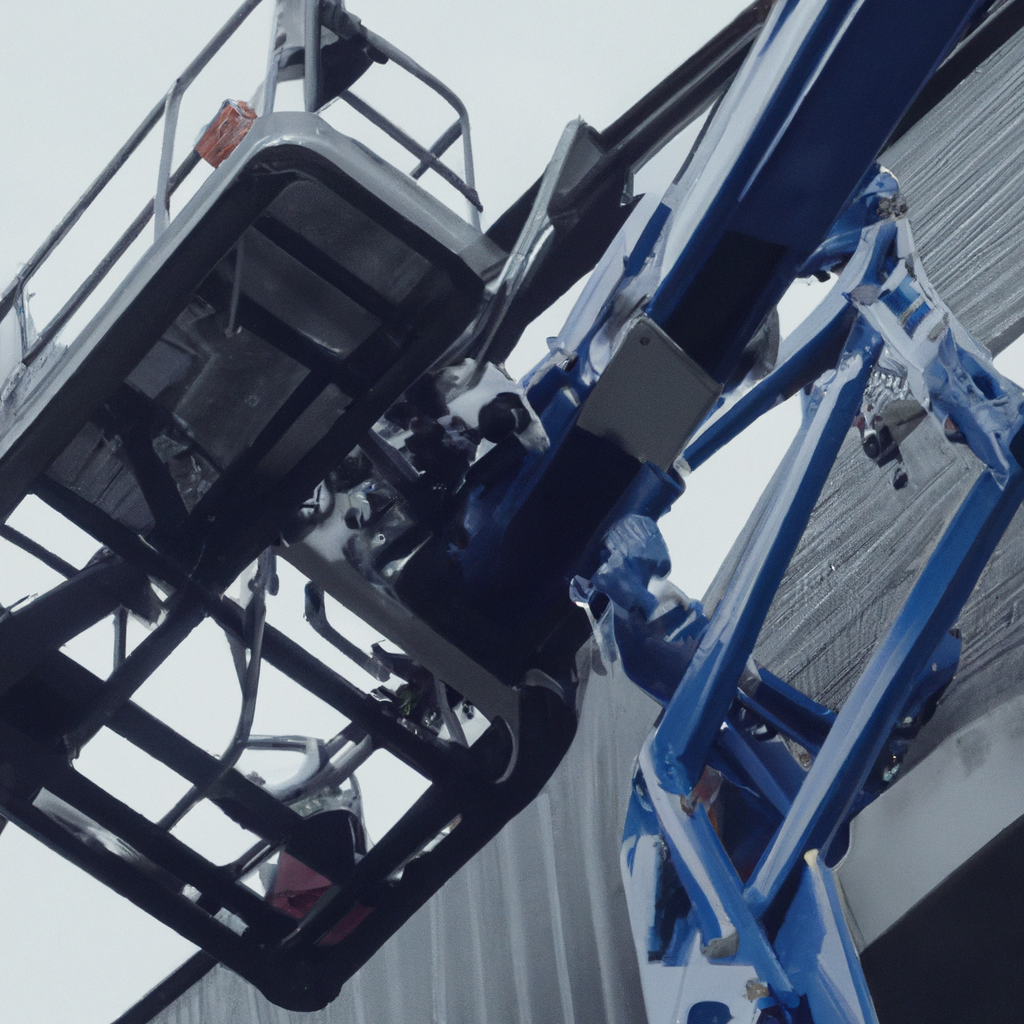A hydraulic lift is a machine that uses hydraulic power to lift heavy objects. It is used in various applications, including automotive repair shops, construction sites, and warehouses. The hydraulic lift works by using a hydraulic system that uses fluid mechanics to lift objects. This article will explain how a hydraulic lift works and the components that make up the lift mechanism.
Hydraulic System
The hydraulic system is the heart of the hydraulic lift. It comprises a fluid reservoir, pump, valve, cylinder, and piston. The fluid reservoir stores hydraulic fluid, which is pumped into the cylinder by the pump. The valve regulates the flow of hydraulic fluid, while the cylinder houses the piston.
Lift Mechanism
The lift mechanism is the part of the hydraulic lift that does the lifting. It comprises a platform, arms, and a hydraulic cylinder. The platform is the part that holds the object being lifted. The arms are attached to the platform and the hydraulic cylinder. The hydraulic cylinder is attached to the arms and the base of the lift.
How It Works
When the lift mechanism is activated, the pump draws hydraulic fluid from the reservoir and pumps it into the cylinder. The valve regulates the flow of hydraulic fluid into the cylinder. As the hydraulic fluid enters the cylinder, it pushes the piston upwards. The piston is attached to the arms, which in turn, are attached to the platform. As the piston moves upwards, it lifts the platform and the object being lifted.
Advantages of Hydraulic Lift
Hydraulic lifts have several advantages over other types of lifts. Some of these advantages include:
1. High lifting capacity: Hydraulic lifts can lift heavy loads that would be difficult or impossible to lift with other types of lifts.
2. Smooth operation: Hydraulic lifts operate smoothly and quietly, making them ideal for use in environments where noise and vibration are a concern.
3. Easy to maintain: Hydraulic lifts are easy to maintain and can be serviced quickly and easily by trained technicians.
4. Safety: Hydraulic lifts are designed with safety in mind. They have safety features such as overload protection and emergency stop buttons to prevent accidents.
5. Cost-effective: Hydraulic lifts are cost-effective and require less maintenance than other types of lifts. They are also energy-efficient, which can help reduce operating costs.
Conclusion
Hydraulic lifts are an essential tool for heavy lifting in various applications. They work by using a hydraulic system that uses fluid mechanics to lift objects. The lift mechanism comprises a platform, arms, and a hydraulic cylinder. When activated, the pump draws hydraulic fluid from the reservoir and pumps it into the cylinder, pushing the piston upwards, which lifts the platform and the object being lifted. Hydraulic lifts have several advantages over other types of lifts, such as high lifting capacity, smooth operation, easy maintenance, safety, and cost-effectiveness.







